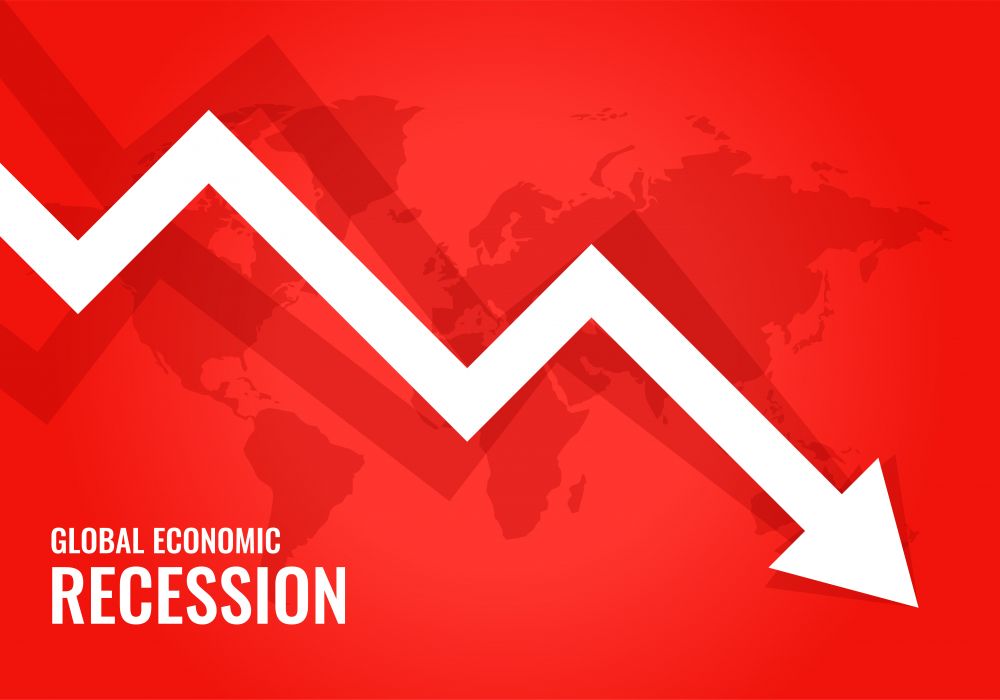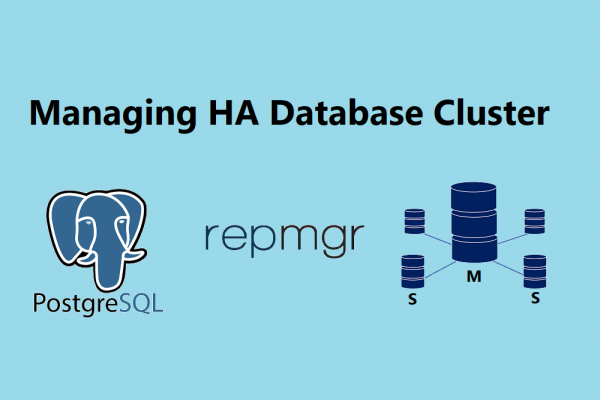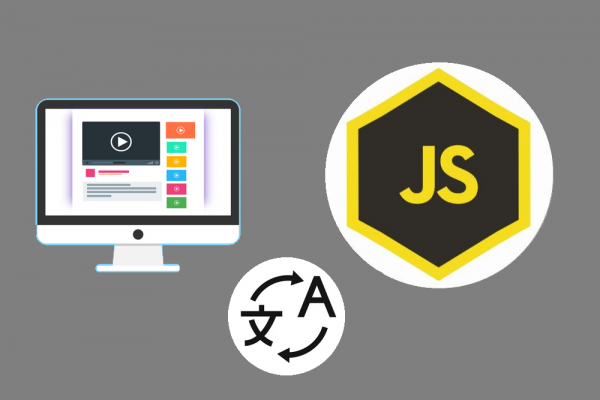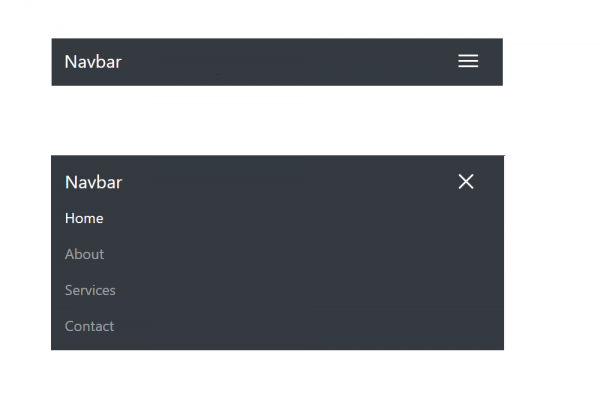
Well Preparation for UpComing Recession

The market is looking pretty scary and we are thinking about publishing an article talking about how well you can prepare for the upcoming recession if it does happen. Three questions might be asked when giving the recession preparation.
- WHY ARE THE MARKETS FALLING?
- HOW LOW CAN WE GO?
- SHOULD WE BE SCARED?
To give a better answer to the above three questions, let's dive into the following agenda of this article
Why the Fed is Trying to Engineer a Recession
Usually, investors would like and love the bull market rather than the bear market. Unfortunately, these days there is a lot of news talking nonstop about the upcoming recession regarding the plan of the Fed to deal with tightening the monetary policy. As you may already know, the Fed's responsibility is to minimize unemployment and control inflation. Current inflation is running toward 8% as we have never seen since the decade. Let's have a look at the inflation cycle below:

Inflation is dangerous because it can be the self-feeding cycle. When inflation is going up the value of the currency goes down because you will pay a bigger amount of currency to buy the same stuff. Therefore, it will encourage people and businesses to spend quickly because the value of your holding currency is going down leading to an increase in demand over supply. The higher demand over supply will cause inflation to go up and the cycle will start to continue.
High inflation can cause stagflation which is happened when economic growth slows down, inflation increases, and unemployment goes up. In the worst-case scenario, you can see the hyperinflation and currency because worthless. The inflation which is happening nowadays is caused by many factors such as supply chain issues caused by Covid-19, especially with the zero-covid policy of China, pent-up demand prompts by the recovery of Covid-19, five trillion USD injected into the economy, Russian and Ukrain war which removes the supply of oil and gas from Russain and the price is surging rapidly, etc.
The federal funds rate is the rate banks and other institutions lend to one another. When the rate is increased, banks have to charge higher interest rates for loans. That means the consumer has less money to spend because their bill has increased which also means less consumer demand. Furthermore, the business cost of borrowing increases which will lead to decreasing prices and finally lower inflation.
The federal reserve will keep increasing the interest rate until the inflation goes down. Many expect the rate will increase between 2.5% to 2.7% by the end of 2022 and up to 5% in the next following year. A recession is defined by 2 straight quarters of declining GDP growth and the first quarter of 2022 is already shown a decline of 1.5% and likely to decline as well for the next quarter. In the anticipation of the recession, investors sell riskier assets which results in a bearish signal for the markets.
Analyzing Prior Recessions
We can answer the question "HOW LOW WE CAN GO?" by analyzing the previous recession history. There are eight recessions so far in the stock market history and we can learn the following points through these 8 market recessions.
- The length of the recession is varied but the average is last for 10 months. If the recession is started in Q1 of 2022 then in the best case scenario the recession will end by the end of 2022.
- The average number of days of the bear market is 405 and as of today, the stock market is declining for 151 days, which means we have around 200 days more for the stock market to get to the bottom.
- The average Max Drawdown of S&P 500 is 34% and as of today, it's in the 15% decline from the peak. Therefore, there is possible that the market still continue to go down.
Even though, there is historical data on the stock market for us the predict the future still we can't completely rely on this.
Thoughts and Gameplan
Nothing is guaranteed although all the data and environment are pointing to a recession. Some may sit on a sideline waiting for the stock market to go to the bottom, and some may keep continuing to contribute to the stock market no matter what. If the S&P 500 is still going down, do not freak out as we mentioned in the section above there is a chance that S&P 500 will continue to drop to the average max drawdown which is 34% from the peak. If you are an investor, there is no need to worry as long as you know what your game plan is.
The below three-game plans (Based on the historical data explained above) you might consider timing the market or find out the real bottom of the stock market (it's not the financial advice, please invest at your own risk)
1. Take action when the S&P 500 falls to $3.5K
2. Take action when the S&P 500 falls to $3K
3. Take action when the S&P 500 fall further
THE BEST STRATEGY IS TO SURVIVE AND KEEP BUYING TO THE STOCK MARKET






